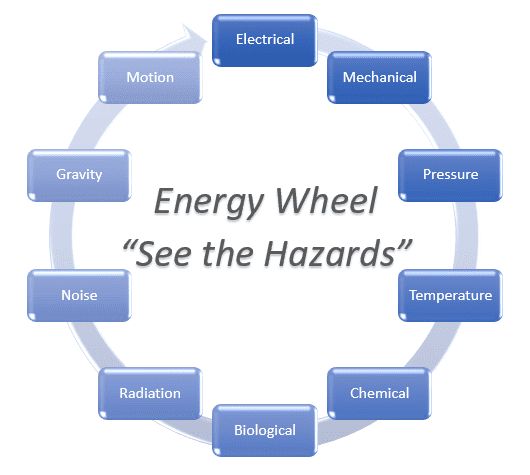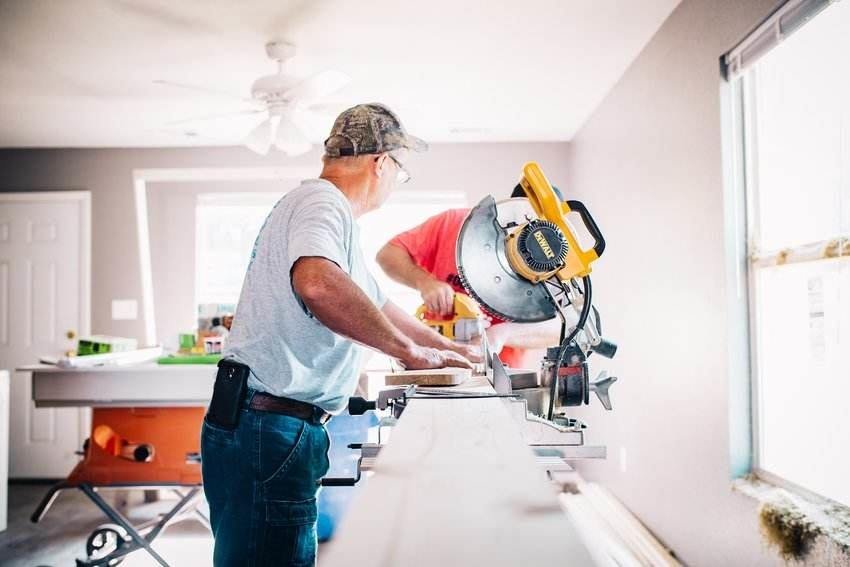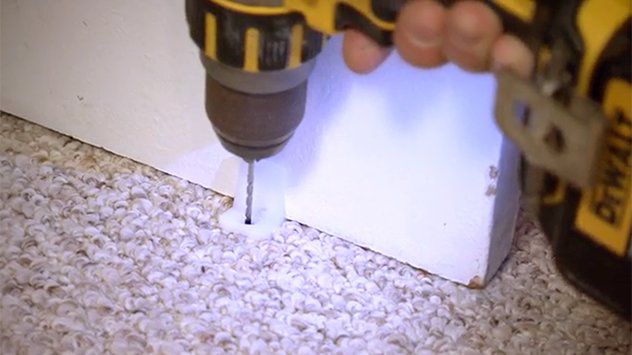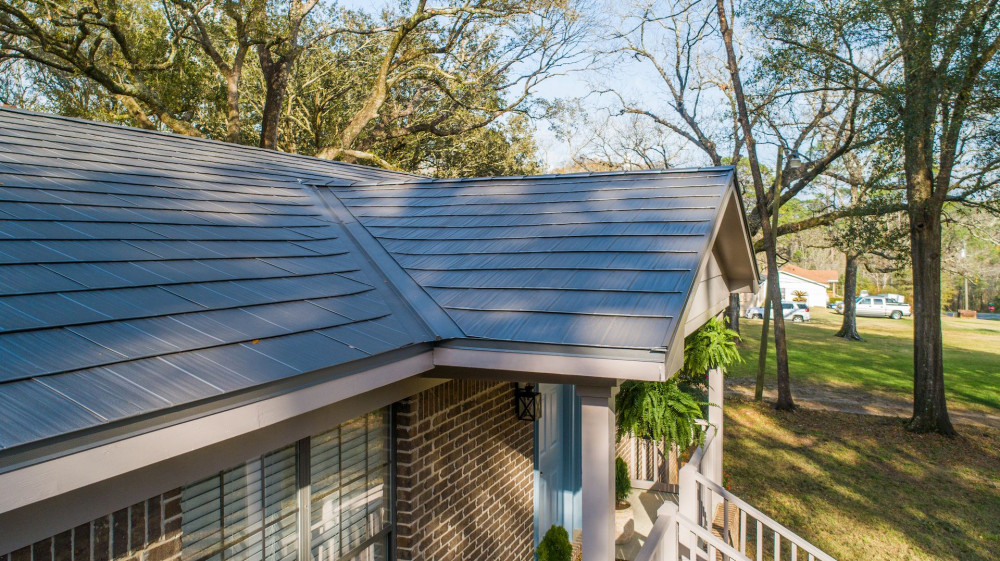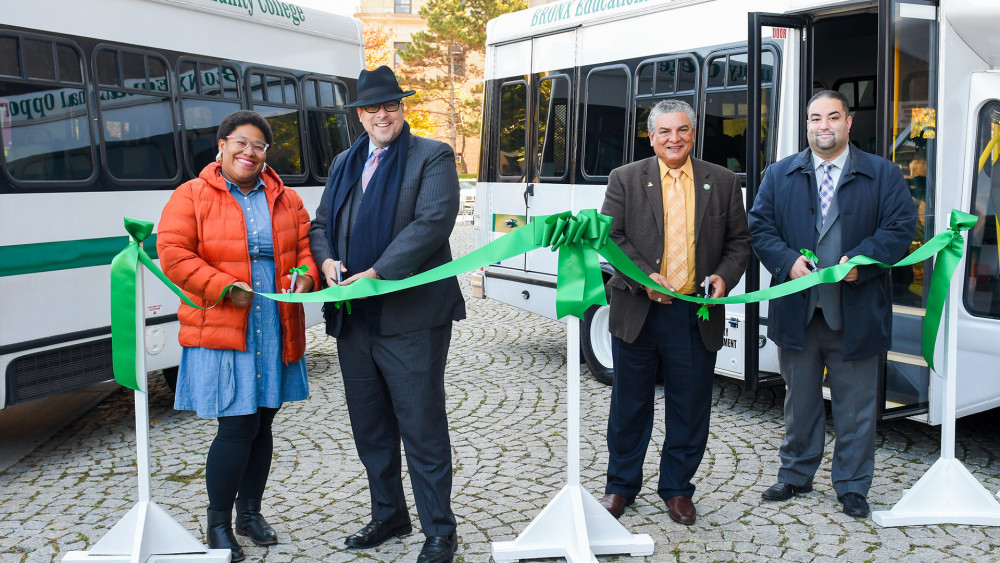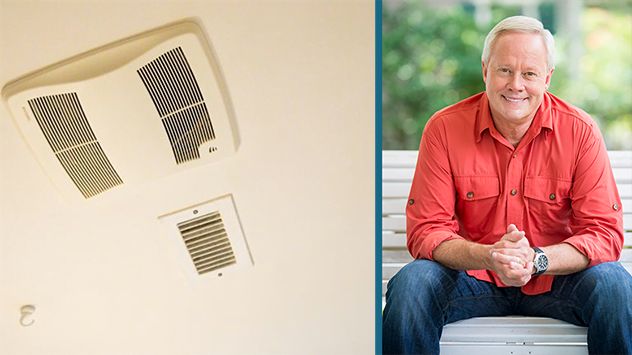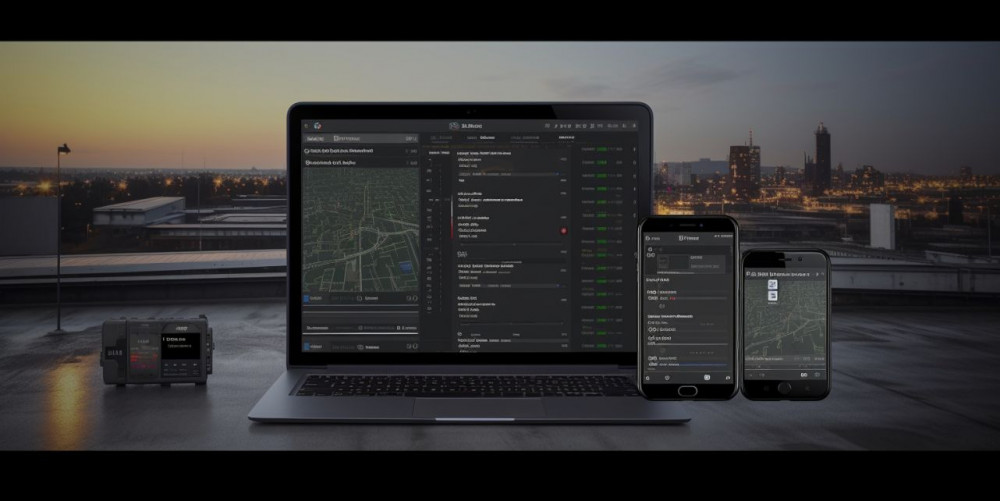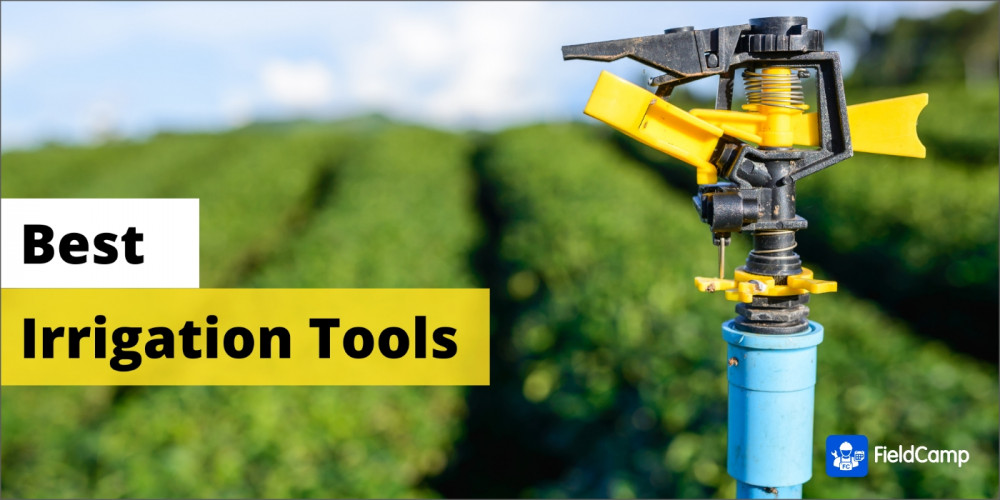A thermostat is a device for regulating the temperature of a system so that the system's temperature is maintained near a desired setpoint temperature. The name is derived from the Greek words thermos "hot" and statos "a standing". The thermostat does this by switching heating or cooling devices on or off, or regulating the flow of a heat transfer fluid as needed, to maintain the correct temperature.
Mechanical thermostats are used to regulate dampers in rooftop turbine vents, reducing building heat loss in cool or cold periods.
A thermostat is used in internal combustion engines to maintain the core temperature of the engine at its optimum operating temperature by regulating the flow of coolant to an external heat sink, usually an air cooled radiator. Also and the development of the automatic thermostat in the 1930's provided a solution to this problem by ensuring fast engine warm-up.
Thermostats are sometimes used to regulate gas ovens. It consists of a gas-filled bulb connected to the control unit by a slender copper tube. The bulb is normally located at the top of the oven. The tube ends in a chamber sealed by a diaphragm. As the thermostat heats up the gas expands applying pressure to the diaphragm which reduces the flow of gas to the burner.
A pneumatic thermostat is a thermostat that controls a heating and/or cooling system via a series of air-filled control tubes. This air handling system responds to the pressure changes in the control tube to activate heating or cooling when required.
These are small circular self-contained units with a mounting flange for attachment to a plate or metal part of a heater or air-conditioner, exposed to the ambient temperature. The internal sensor generally consists of a bimetallic disk with an electrical contact in its centre. At the switching temperature, the disk flips from concave to convex (or vice versa) causing the contact to open or close depending on the required mode of switching (normally closed or normally open). This device can also be applied as an overheating prevention switch.
The illustration is the interior of a common two wire heat-only household thermostat, used to regulate a gas-fired heater via an electric gas valve. Similar mechanisms may also be used to control oil furnaces, boilers, boiler zone valves, electric attic fans, electric furnaces, electric baseboard heaters, and household appliances such as refrigerators, coffee pots, and hair dryers. The power through the thermostat is provided by the heating device and may range from millivolts to 240 volts in common North American construction, and is used to control the heating system either directly (electric baseboard heaters and some electric furnaces) or indirectly (all gas, oil and forced hot water systems). Due to the variety of possible voltages and currents available at the thermostat, caution must be taken when selecting a replacement device.
As illustrated in the use of the thermostat above, the power is provided by a thermocouple, heated by the pilot light. This produces little power and so the system must use a low power valve to control the gas. This type of device is generally considered obsolete as pilot lights waste a surprising amount of gas (in the same way a dripping faucet can waste a huge amount of water over an extended period), and are also no longer used on stoves, but are still to be found in many gas water heaters. water heaters, pilot ignition is preferable because it is faster than hot-surface ignition and more reliable than spark ignition. )
The majority of modern heating/cooling/heat pump thermostats operate on low voltage (typically 24 volts AC) control circuits. The source of the 24 volt AC power is a control transformer installed as part of the heating/cooling equipment. The advantage of the low voltage control system is the ability to operate multiple electromechanical switching devices such as relays, contactors, and sequencers using inherently safe voltage and current levels. Built into the thermostat is a provision for enhanced temperature control using anticipation. A heat anticipator generates a small amount of additional heat to the sensing element while the heating appliance is operating. This opens the heating contacts slightly early to prevent the space temperature from greatly overshooting the thermostat setting. A mechanical heat anticipator is generally adjustable and should be set to the current flowing in the heating control circuit when the system is operating. A cooling anticipator generates a small amount of additional heat to the sensing element while the cooling appliance is not operating. This causes the contacts to energize the cooling equipment slightly early, preventing the space temperature from climbing excessively. Cooling anticipators are generally non-adjustable. Electromechanical thermostats use resistance elements as anticipators. Most electronic thermostats use either thermistor devices or integrated logic elements for the anticipation function. In some electronic thermostats, the thermistor anticipator may be located outdoors, providing a variable anticipation depending on the outdoor temperature. Thermostat enhancements include outdoor temperature display, programmability, and system fault indication. While such 24 volt thermostats are incapable of operating a furnace when the mains power fails, most such furnaces require mains power for heated air fans (and often also hot-surface or electronic spark ignition) so no functionality is lost. In other circumstances such as piloted wall and "gravity" (fanless) floor and central heaters the low voltage system described previously may be capable of remaining functional when electrical power is unavailable.
With non-zoned (typical residential, one thermostat for the whole house) systems, when the thermostat's R (or Rh) and W terminals are connected, the furnace will go through its startup rituals and produce heat.
Line voltage thermostats are most commonly used for electric space heaters such as a baseboard heater or a direct-wired electric furnace. If a line voltage thermostat is used, system power (in the United States, 120 or 240 volts) is directly switched by the thermostat. With switching current often exceeding 40 amperes, using a low voltage thermostat on a line voltage circuit will result at least in the failure of the thermostat and possibly a fire. Line voltage thermostats are sometimes used in other applications, such as the control of fan-coil (fan powered from line voltage blowing through a coil of tubing which is either heated or cooled by a larger system) units in large systems using centralized boilers and chillers, or to control circulation pumps in hydronic heating applications.
Depending on what is being controlled, a forced-air air conditioning thermostat generally has an external switch for heat/off/cool, and another on/auto to turn the blower fan on constantly or only when heating and cooling are running. Four wires come to the centrally-located thermostat from the main heating/cooling unit (usually located in a closet, basement, or occasionally in the attic): One wire supplies a 24 volts AC power connection to the thermostat, while the other three supply control signals from the thermostat, one for heat, one for cooling, and one to turn on the blower fan. The power is supplied by a transformer, and when the thermostat makes contact between power and another wire, a relay back at the heating/cooling unit activates the corresponding function of the unit.
The heat pump is a refrigeration based appliance which reverses refrigerant flow between the indoor and outdoor coils. This is done by energizing a reversing valve (also known as a "4-way" or "change-over" valve). During cooling, the indoor coil is an evaporator removing heat from the indoor air and transferring it to the outdoor coil where it is rejected to the outdoor air. During heating, the outdoor coil becomes the evaporator and heat is removed from the outdoor air and transferred to the indoor air through the indoor coil. The reversing valve, controlled by the thermostat, causes the change-over from heat to cool. Residential heat pump thermostats generally have an "O" terminal to energize the reversing valve in cooling. Some residential and many commercial heat pump thermostats use a "B" terminal to energize the reversing valve in heating. The heating capacity of a heat pump decreases as outdoor temperatures fall. At some outdoor temperature (called the balance point) the ability of the refrigeration system to transfer heat into the building falls below the heating needs of the building. A typical heat pump is fitted with electric heating elements to supplement the refrigeration heat when the outdoor temperature is below this balance point. Operation of the supplemental heat is controlled by a second stage heating contact in the heat pump thermostat. During heating, the outdoor coil is operating at a temperature below the outdoor temperature and condensation on the coil may take place. This condensation may then freeze onto the coil, reducing its heat transfer capacity. Heat pumps therefore have a provision for occasional defrost of the outdoor coil. This is done by reversing the cycle to the cooling mode, shutting off the outdoor fan, and energizing the electric heating elements. The electric heat in defrost mode is needed to keep the system from blowing cold air inside the building. The elements are then used in the "reheat" function. Although the thermostat may indicate the system is in defrost and electric heat is activated, the defrost function is not controlled by the thermostat. Since the heat pump has electric heat elements for supplemental and reheats, the heat pump thermostat provides for use of the electric heat elements should the refrigeration system fail. This function is normally activated by an "E" terminal on the thermostat. When in emergency heat, the thermostat makes no attempt to operate the compressor or outdoor fan.
Newer digital thermostats have no moving parts to measure temperature and instead rely on thermistors or other semiconductor devices such as a resistance thermometer (resistance temperature detector). Typically one or more regular batteries must be installed to operate it, although some so-called "power stealing" digital thermostats use the common 24 volt AC circuits as a power source and the current setting. Most also have a clock, and time-of-day and even day-of-week settings for the temperature, used for comfort and energy conservation. Some advanced models have touch screens, or the ability to work with home automation or building automation systems.
The thermostat should be located away from the room's cooling or heating vents or device, yet exposed to general airflow from the room(s) to be regulated. An open hallway may be most appropriate for a single zone system, where living rooms and bedrooms are operated as a single zone. If the hallway may be closed by doors from the regulated spaces then these should be left open when the system is in use. If the thermostat is too close to the source controlled then the system will tend to "short cycle", and numerous starts and stops can be annoying and in some cases shorten equipment life. A multiple zoned system can save considerable energy by regulating individual spaces, allowing unused rooms to vary in temperature by turning off the heating and cooling.
It has been reported that many thermostats in office buildings are non-functional dummy devices, installed to give tenants' employees an illusion of control. These dummy thermostats are in effect a type of placebo button.
